A Collective Experience in Our Shared Family Histories
The Powerful Impact of Visiting the Jerome and Rohwer Sites as Part of the 2024 Jerome Rohwer Pilgrimage
I’m happy to share that the 2024 Jerome Rohwer Pilgrimage that took place in early June was a total success, on so many levels.
First and foremost, I was able to encourage a huge contingent of family members to make the trip to Arkansas — this was an absolute highlight, especially since my family, like so many others, is spread out all over the country. Being able to make the pilgrimage a mini-family reunion in a place where we share an extraordinarily resonant part of our family history is something that is profoundly meaningful and most certainly goes down as one of those important life experiences. And by being there together, we strengthen the memory of this history, and as a family can continue to process and share the story for future generations. The most amazing thing is my nephew Jackson was there — he’s just in his teens — and I am ecstatic that he got to take part in this pilgrimage at such a young age.
In fact, I did not have my first visit to the Rohwer site until I was well into…. middle age. But when
and I visited the site while on a road trip back in the Summer of 2021, I immediately knew I wanted more of my family to experience it — so this was life goal come true for me, on a deeply personal level.And of course our family got to meet other families, across generations, sharing different stories and viewpoints, but all entwined by that singular, consequential, jarring reference point of the Rohwer concentration camp during WWII. That is an integral part of the pilgrimage experience — to meet and exchange stories and learn from other people who you are connected to through a shared history.
Another highlight for me was getting to meet my fellow planning committee members in-person, after so many zoom meetings over the course of a year.
But my overall reflection on the pilgrimage is that it’s an indelible reminder of the gravity of place — that if you touch ground and it is meaningful to you, whether it’s discovery, or history, or beauty, you will desire to learn more about it, and to return, and you will also wish to share the knowledge and experience with others. The cycle then continues, and what makes it grow in its meaningfulness is that the more people who visit the place, together and over time, the more expansive and dynamic the understanding of the experience.
Of course the further you move away from the origins, the more fragile the history becomes.
That is why one of the most impactful elements of the Jerome Rohwer Pilgrimage was the "Camp Survivor Panel" (picture below). It was moving, humorous, poignant and quite inspiring to hear directly from people who actually experienced the WWII incarceration at Rohwer and Jerome. This kind of panel and gathering takes on ever more urgency as time goes on — we want to make sure to hear directly from and document these vital voices, before they are gone forever.
That is why the planning for the next pilgrimage is already full steam ahead. As we move forward, one of the things I am most interested in is sustainability, as in, figuring out how to simplify the pilgrimage so that it can be easier and more financially viable to organize and run going forward. That is something I will be researching and sharing information about in future newsletters.
Special thanks to Kimiko Marr, Nicole Tanner, and the rest of the Japanese American Memorial Pilgrimages (JAMP) team for helping to make this 2024 Jerome Rohwer Pilgrimage happen. Your expertise and guidance were invaluable.
THE LITERATURE OF JAPANESE AMERICAN INCARCERATION
When I first started exploring the books and writings about the WWII Japanese American incarceration by the people who experienced it, I quickly realized much of the work was buried in digital archives. And so many of the books are out of print, so I would purchase through eBay or rare book dealers. But early on, and this would be the case for anyone doing a similar type of exploration around this subject, I was fortunate to came upon the work of Frank Abe. And when he announced that he was co-editing (with Floyd Cheung) a Penguin Classics anthology — The Literature of Japanese American Incarceration — I was absolutely thrilled. Not only would this make the work more accessible, but it would also provide a literary roadmap for people interested in learning more about this important part of our history.
Fast forward to the recent Jerome Rohwer Pilgrimage, where I got to introduce and moderate a conversation with Frank — what an honor and a privilege. Frank has been a key chronicler and advocate over the long haul for the Japanese American community — he has put in the work — and it was wonderful to have him share Jerome and Rohwer specific history and insights showcased in the new anthology, as well as in his graphic novel We Hereby Refuse.
Learn more about Frank and his work at his website resisters.com.
Watch the video of the presentation / conversation at the pilgrimage.
And be sure to check out this amazing review of the anthology by the Co-Founder and Editor-in-Chief of Kioku,
.THE EVOLVING LEGACY OF ROHWER AND JEROME PHOTOGRAPHY
One of the key ways that people discover and recall the WWII Japanese American incarceration experience is through photography, specifically family photo albums. I was fortunate to get the opportunity to do a presentation on the photography taken at the Jerome and Rohwer sites with fellow pilgrimage committee member Aeko Yoshikawa, and Gail Erwin, an archivist at the San Joaquin Historical Museum who is archiving a collection of Aeko's Father's photos.
Aeko and I met because I found a photo in an archive (different than the one Gail is working on) that her Father took of my Grandfather at Rohwer (likely in 1943), and I reached out to her, which led to her joining the pilgrimage committee and us being on stage together at the pilgrimage in Arkansas. A beautiful example of how a photo can transcend time and bring people together.
SPECIAL THANKS
As part of Jerome Rohower Pilgrimage Planning Committee, I did my best to help raise funds so that we could cover the budget of the pilgrimage, which included things like waiving registration fees for elders and paying for the travel and accommodations of our guest speakers. I wanted to give a big thanks to Norma and Bob Yamaguchi, Scott Yamaguchi, Stacey Yamaguchi, Wah-Ming Chang, Nadia Gerassimenko, Tina Hagio, Allison Hagio, and other anonymous donors who generously donated to the pilgrimage. This was a bootstrap operation, and so your financial support made a huge difference — Thank you!
SAVE THE DATE PILGRIMAGE CALENDAR
These are confirmed dates for the 2024 pilgrimages. Most have already taken place, but I am keeping them listed here for reference. Note also a new, late entry: The JAMP Topaz Pilgrimage.
April 27, 2024 (always the last Saturday in April) —Manzanar PilgrimageMay 2-4, 2024 —Topaz Art PilgrimageMay 17-19, 2024 —Amache PilgrimageJune 5-8, 2024 —Jerome Rohwer Pilgrimage(note: I am on the planning committee for this one, so do let me know if you have any questions).July 4-7, 2024 —Minidoka Pilgrimage(Here’s theeventbrite registration page)July 5-8, 2024 —Tule Lake PilgrimageJuly 25-27, 2024 — Heart Mountain Pilgrimage
NEW: September 6-9, 2024 — The JAMP Topaz Pilgrimage. Registraiton is open now.
JAMP (Japanese American Memorial Pilgrimages) keeps an extensive pilgrimage calendar updated here — bookmark it!
Thank you for reading and subscribing to the
newsletter. Please be sure to share in the comments about YOUR pilgrimage experience. And if you know people who are interested in the history and preservation of the WWII Japanese American concentration camp sites, please share this newsletter with them.—
ABOUT THE WRITER OF THIS NEWSLETTER
My grandparents (and their families) were incarcerated at the Rohwer concentration camp in Arkansas during WWII. This is family history that I’ve known my entire life, but it wasn’t until I visited the Rohwer and Jerome sites with my wife in the summer of 2021 that I started to fully grasp the immensity of this story — mostly how little I really knew or understood. Since then, I’ve had the opportunity to visit more of the sites (Topaz, Tule Lake, Minidoka), connect with others in the Japanese American community, and join the Jerome Rohwer Pilgrimage Planning Committee. Concentrational Resonance is a project-in-progress where I am sharing this ongoing journey of discovery. You can learn more about me at my website — jeffreyyamaguchi.com.
Note that I’m also a longtime book publishing professional and put out a book publishing focused newsletter — . You can read the latest issue of that newsletter here.

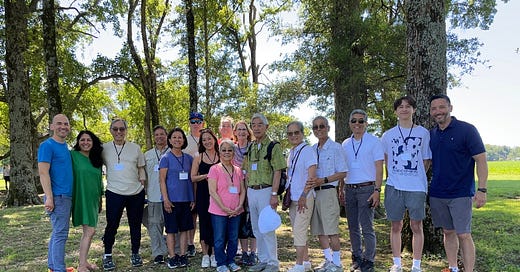



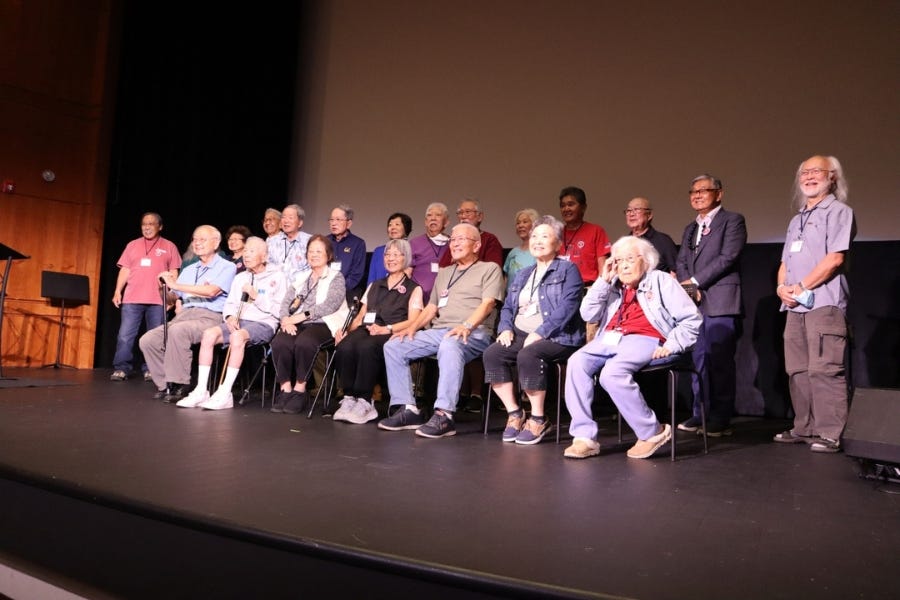
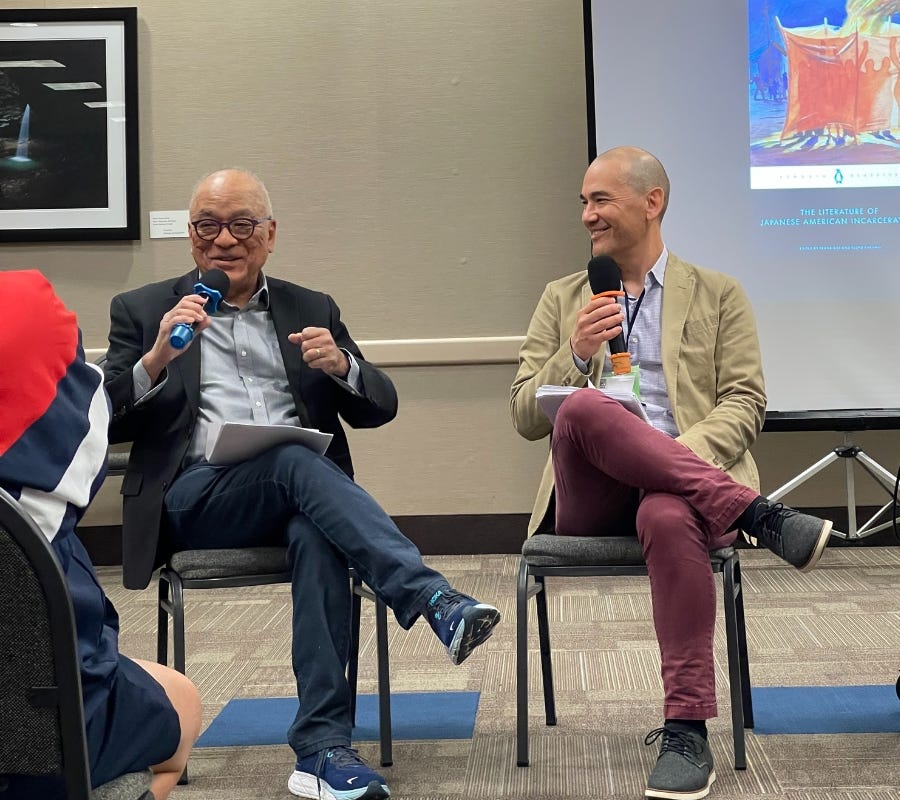

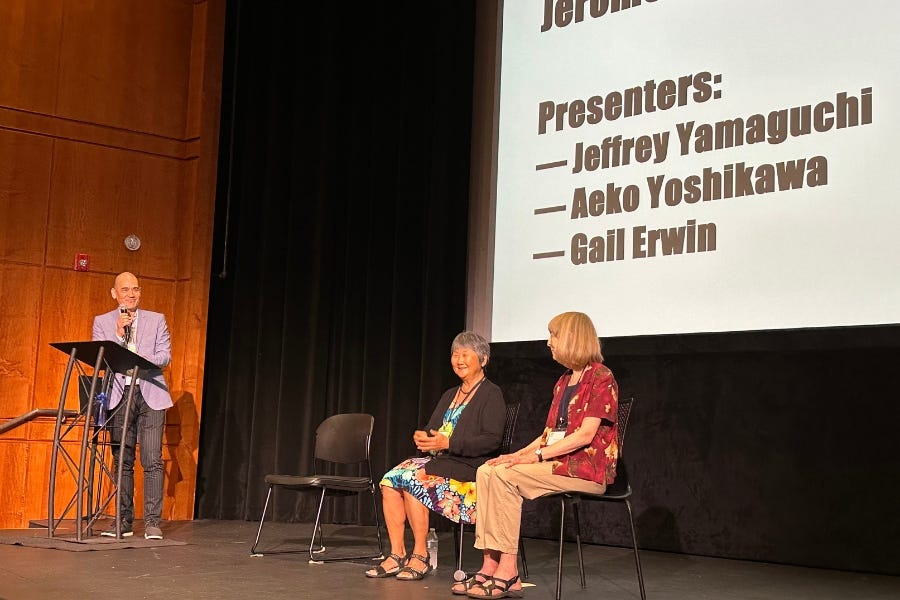
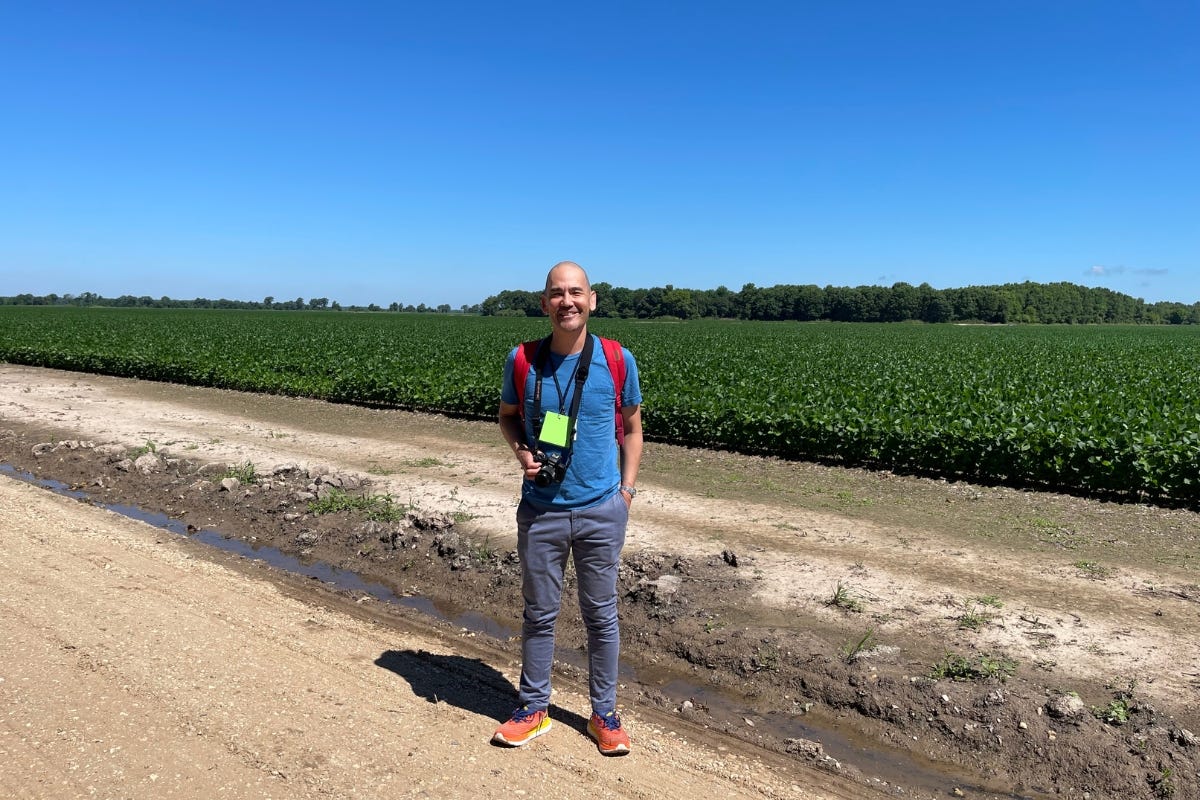
Thank you for sharing the video of your conversation with Frank Abe at the recent Jerome Rohwer Pilgrimage! The Literature of Japanese American Incarceration and We Hereby Refuse are both ready for me to pick up at my library. This was a good introduction before I read these books.
Thanks for the shoutout, Jeff! I was enjoying the read and was so pleasantly surprised to see my review included.
I’m so glad you all had such a good experience at pilgrimage (and JAMP really is amazing); I find that pilgrimage lives up to its name because when we journey to these sites, it is viscerally clear how far-flung and isolated they are for most of us. It’s so poetic that they’ve become a place for voluntary reunion and community. Heading to Heart Mtn as we speak!